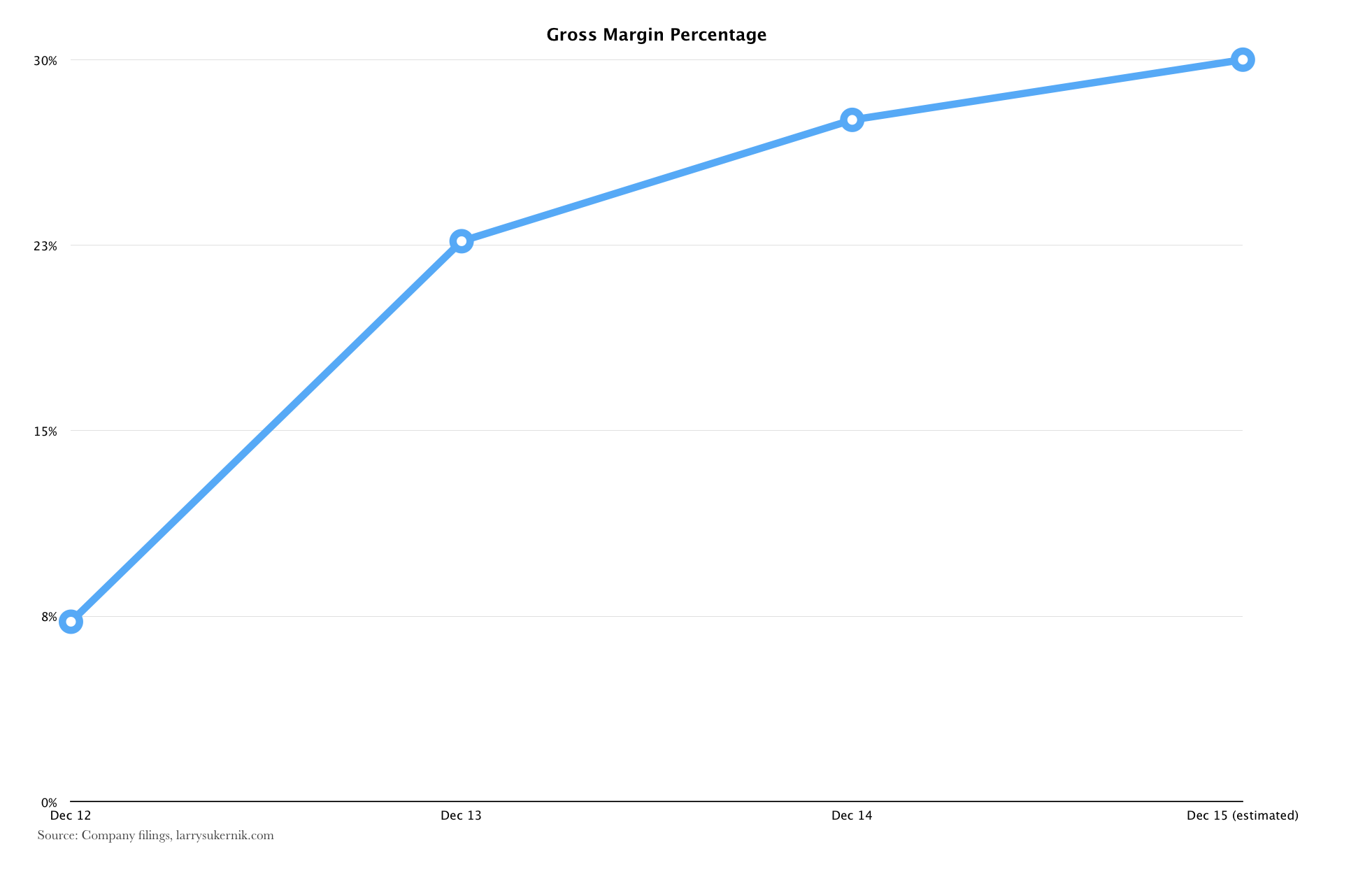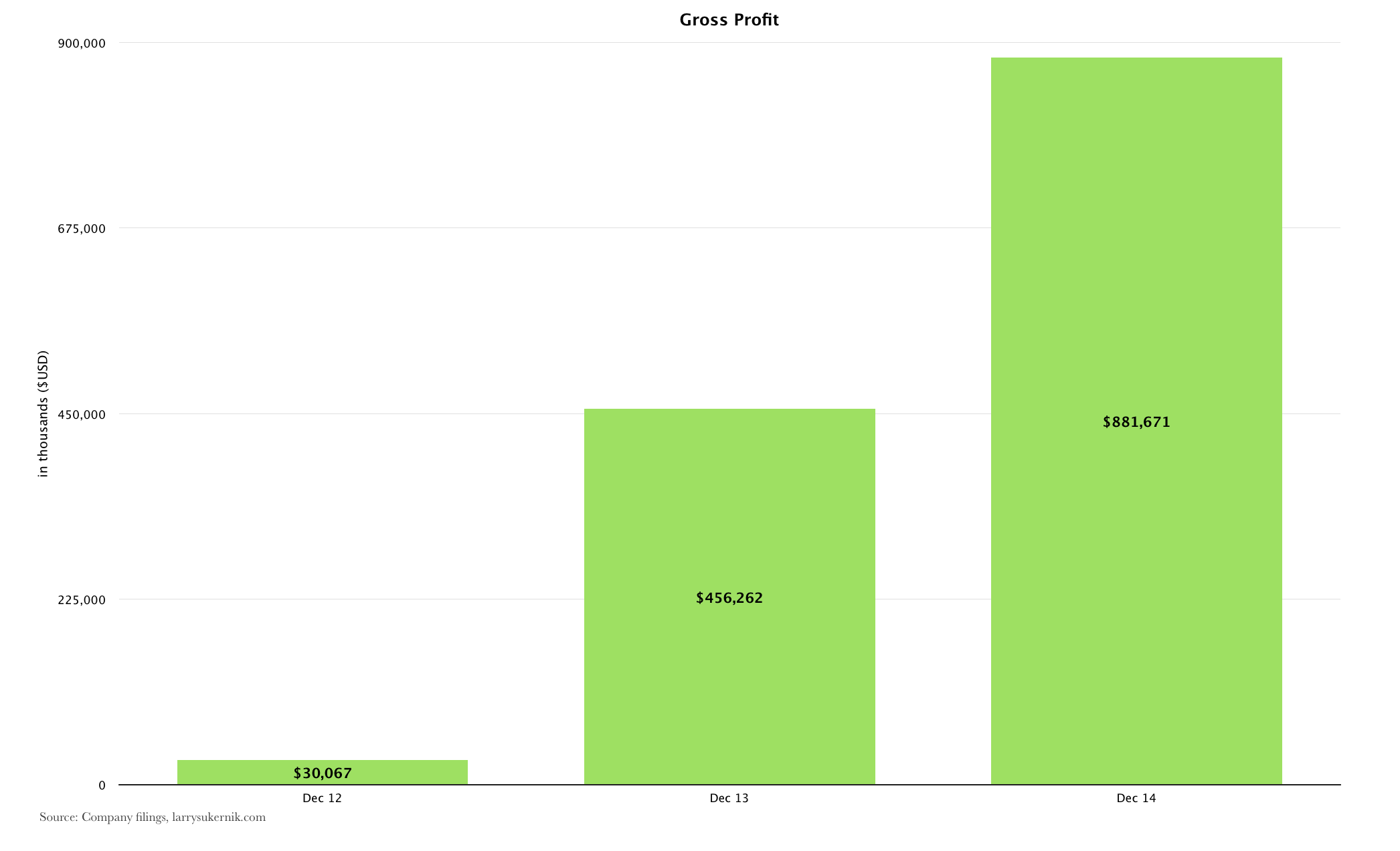Well Rounded Companies
People often mention the term well rounded to describe folks who are good at more than one thing. John is a biology wiz, but he also knows a lot about sports and plays basketball every week. John is also well educated in history, given his fascination with medieval Europe. We are all familiar with this term in regards to people, but I’ve been recently thinking how appropriate this term is for describing companies. For this post, we will be taking a look into a few well-known companies: Apple, Google, and Microsoft to see just how well rounded they are. I have picked three easily comparable criteria to gauge these companies by: design expertise, functionality expertise, and empathy (arguably the hardest characteristic to measure). These are three attributes that I believe substantially differentiate companies (unlike say, business models, which are necessary but not sufficient attributes), and are prime reasons for their success. This comparison only works when compared in relative terms; we can’t compare a tech company to a luxury car manufacturer since they solve different problems.
Apple
It is hard to argue that Apple’s design expertise is anything other than prudential. Apple products are renowned for their hardware differentiation. Competitors base their designs on the paradigm set by Apple, not vice versa. In terms of software design, I would argue that Apple is in the lead, but not by the country mile it leads in hardware.
A common complaint people have with Apple products is their lack of functionality. Functionality is an umbrella term for anything a consumer may want to do with the device. Mac OS X notoriously doesn’t have many games on the platform (although this has improved lately), iOS has no file explorer, and so on. Compared to the functionality Android and Windows offer, Apple devices are much more limited in functionality. There is nothing inherently good or bad about this point; the minimum functionality must meet the minimum functionality demands of consumers, and anything more can actually lead to confusion and dysfunctionality.
Finally, let’s talk about Apple’s empathy. What I mean here of course is how well Apple understands the needs, desires, and all that other gooey stuff of its consumers. An empathetic company is able to correctly predict what customers may want, and offer that amount in terms of functionality. Judging purely on the extraordinary success of the iPhone and Mac platforms, I would characterize Apple as an extremely emphatic company. In most cases, it accurately predicts the problems a user experiences, and solves them a way they can appreciate. The key here is to focus on the average user. Apple does not cater well to users on the outskirts, and nor does it attempt to.
Although Google was off to a slow start, their design expertise has improved dramatically in the last few years. Android is no longer the terminator OS from the future - it is colorful, friendly, and humane. Chrome OS is similarly playful, and appears to be improving rapidly. In fact, all of Google’s products are relatively well designed. In a vacuum, Google’s design is impressive, but it still had a long way to go to come near Apple. Google’s products are often difficult to navigate and are loaded with options (functionality), to the detriment of their design.
The functionality Google products offer is vast. You can do pretty much anything you would want to do with a computer on Android. Gmail has hundreds of different settings that you can tweak to your liking. Google’s portfolio of products and services is expansive; the term focus does not exist in Google’s otherwise complete dictionary. As hinted earlier, functionality is a blessing and a curse. Too little and nobody will use your product. Too much, and nobody will understand how to use your product. Finding the right balance is difficult. On average, Google provides more functionality at the risk of overbearing complexity.
Google has probably gotten the worst press on this last attribute, empathy. There is a long cemetery of services that Google has put to rest, mostly because they didn’t vibe with consumers. Most prominent such service was Google+, which was supposed to be a social network for Google users. It still exists, but Google has all but abandoned their quest for social. Many users are also increasingly wary of privacy and tracking, which goes against the nature of Google. Google makes money based on advertising, which itself requires user data. Google may understand that consumers value privacy on an intellectual level, but that does not change the company’s behavior in meaningful ways. Just as Apple thinks it knows design better than the consumer, Google believes openness is superior to privacy. There is no right or wrong here, there is only is and isn’t.
Microsoft
If you lived through the 1990s and 2000s with Microsoft products, you would know just how uninspired their design was. Nobody would ever call Windows XP beautiful (if one such person exists, direct them to me, and I will cover the eye doctor charges). That all changed with Windows 8 and the Metro interface, and has only been improving with Satya Nadella at Microsoft’s helm. The design may not be for everyone, but it’s undeniably opinionated and an improvement over prior Microsoft products. Microsoft began designing for consumers, not corporations.
Microsoft products have always been strong in their functionality offering. I don’t think you will find a person in the world who knows every single Excel function and feature - the same can be said about nearly every Microsoft product. More than Google, Microsoft classically aimed to appease the needs of every user, even if it made the product more difficult to use. Lately though, Microsoft has begun to strip functionality away, catering to the 99%, abandoning the 1% power user.
Microsoft has always understood the needs of enterprise users, but regular John Doe consumers were a mythical beast with unexplainable desires. Microsoft clearly understood the fundamental needs of corporations: collaboration, security and liability precautions, support, and product uniformity were all provided by Microsoft. These attributes, however, added almost nothing to ordinary consumers, who Microsoft all but abandoned. For this reason, Microsoft went down in history as being extremely empathetic to enterprise, and not at all to consumers. Full credit is again due to Microsoft for changing priorities so quickly. The new Microsoft is still enterprise friendly, but it now understands the need of consumers. Microsoft Office is available on every platform, it is free for practical purposes, and I dare to say that the apps are excellent.
Coda
Given the task of ranking Apple, Google, and Microsoft in these three attributes, I would define the following order.
Design
1) Apple
2) Google
3) Microsoft
Functionality
1) Google/Microsoft
2) Apple
Empathy
1) Apple
2) Microsoft
3) Google
Note that weights are not assigned to each attribute - not because the attribute doesn’t deserve a weight but because it requires further analysis (maybe in a later post). In other words, empathy may matter more than design, but how much more exactly is unknown to me at this time. We should also note that the rankings of each company changes through time. The above rankings are how I see the companies at the present time, not yesterday or tomorrow.
Feel free to comment and assign your own rankings in the comments section below. It would be interesting to compare what others think.








